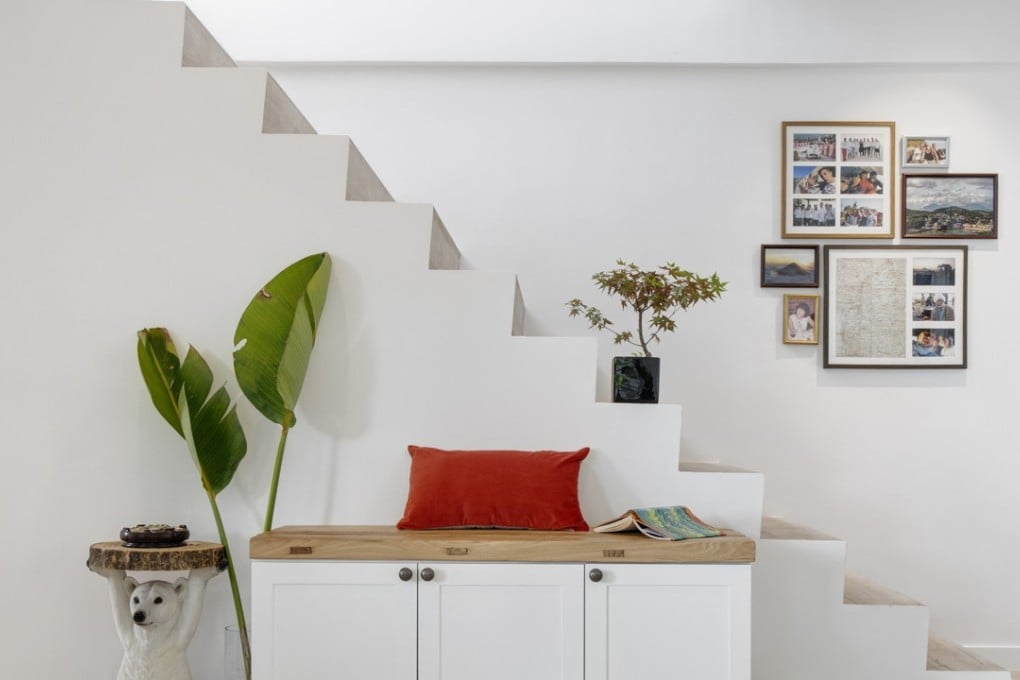How a Hong Kong apartment was redesigned to make the most of its stunning sea views
After failing to realise his dream home on his own, a Lamma homeowner enlisted an interior designer to help reconfigure the cool, contemporary space

No redesign should be taken lightly. Michael Godby learned that the hard way, after having reduced his 700 sq ft Lamma Island flat to rubble. Then came the realisation he had neither the time nor the know-how to reconfigure the apartment he had already been living in for two years. That’s when, on the recommendation of a mutual acquaintance, interior designer Debi Yeung-Salansy stepped in.
Godby, thrilled to have persuaded his landlord to sell him the scenic two-bedroom flat with roof, had already mapped out a new layout with a local contractor who assisted in the demolition. “Then [Yeung-Salansy] came over and completely changed all my plans,” Godby says, smiling.
Not quite. Yeung-Salansy reworked only what she says was untenable. Although the kitchen and bathroom would swap positions as planned, she redesigned the new wet room and crossed her arms about a proposed wall that would have semi-enclosed the kitchen. The television was to be accommodated on that wall, at an oblique angle to the sofa in the living area.
“It took two to three hours to convince him,” Yeung-Salansy recalls, explaining that the design was ergonomically wrong. “I said, ‘If you don’t agree to move the wall I’m not taking the job.’” She won (to the relief of Godby’s neck, one imagines).
Then began the process of outfitting the two-bedroom flat on a tight budget and time frame (he had signed a three-month lease on temporary accommodation nearby).
“She would get very frustrated because I moved [in concept] between a beach house, a Spanish hacienda and an English country cottage,” says Godby, a Londoner who decamped to Hong Kong 10 years ago and now works for a video-game developer.
The 497 images they exchanged to guide the design process revealed only that his style was “all over the place” and a bit “old-fashioned”, says Yeung-Salansy, laughing.